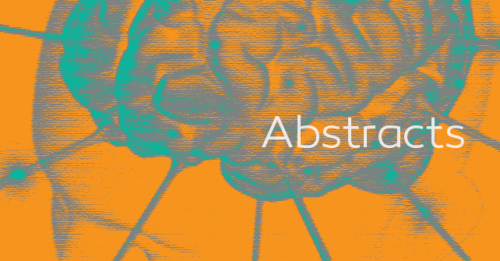An analysis of neurosurgical practice patterns and outcomes for serious to critical traumatic brain injuries in a mature trauma state
Morrison, Chet A. MD; Gross, Brian W.; Cook, Alan D. MD; Estrella, Lisa MS; Gillio, Maria; Alzate, James RN; Vogel, Autumn; Dally, Jennifer; Wu, Daniel DO; Rogers, Frederick B. MD, MS
Abstract
BACKGROUND: We sought to characterize trends in neurosurgical practice patterns and outcomes for serious to critical traumatic brain injuries from 2003 to 2013 in the mature trauma state of Pennsylvania.
METHODS: All 2003 to 2013 admissions to Pennsylvania’s 30 accredited Level I to II trauma centers with serious to critical traumatic brain injuries (head Abbreviated Injury Scale [AIS] score ? 3, Glasgow Coma Scale [GCS] score < 13) were extracted from the state registry. Adjusted temporal trend tests controlling for demographic and injury severity covariates assessed the impact of admission year on intervention rates (craniotomy, craniectomy, and intracranial pressure monitor/ventriculostomy [ICP]) and outcome measures for the total population as well as serious (head AIS score ? 3; GCS score, 9–12) and critical (head AIS score ? 3, GCS score ? 8) subgroups.
RESULTS: A total of 22,229 patients met inclusion criteria. Admission year was significantly associated with an adjusted increase in craniectomy (adjusted odds ratio [AOR], 1.12 [1.09–1.14]; p < 0.001) and ICP rates (AOR, 1.03 [1.02–1.04]; p < 0.001) and a decrease in craniotomy rate (AOR, 0.96 [0.95–0.97]; p < 0.001). No significant trends in adjusted mortality were found for the total study population (AOR, 1.01 [1.00–1.02]; p = 0.150); however, a significant reduction was found for the serious subgroup (AOR, 0.95 [0.92–0.98]; p = 0.002), and a significant increase was found for the critical subgroup (AOR, 1.02 [1.01–1.03]; p = 0.004).
CONCLUSION: Total study population trends showed a reduction in rates of craniotomy and increase in craniectomy and ICP rates without any change in outcome. Despite significant adaptations in neurosurgical practice patterns from 2003 to 2013, only patients with serious head injuries are experiencing improved survival.
LEVEL OF EVIDENCE: Prognostic and epidemiologic study, level III; therapeutic study, level IV.


